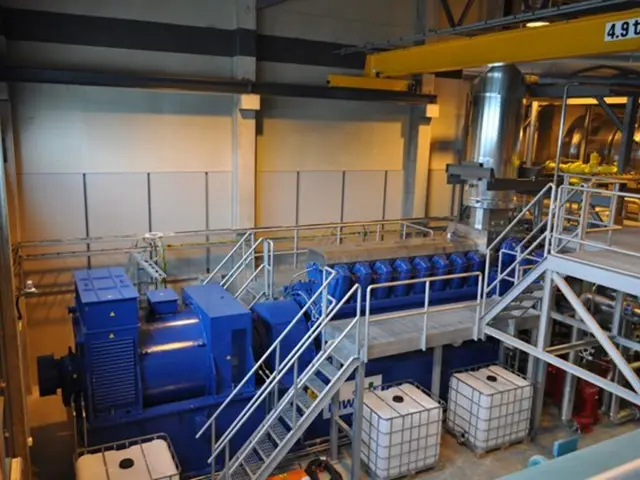Chronological Listing of the Most Severe Economic Recessions Experienced by the United States
In the annals of American economic history, several significant recessions have left indelible marks. These periods of economic contraction, often triggered by a combination of economic, monetary, and external events, have shaped the nation's financial landscape. Here's a look at some of the most notable recessions and their key factors.
1. Panic of 1907
Caused by a combination of bank failures, a copper market manipulation attempt gone wrong, and a lack of effective regulation, this financial crisis was exacerbated by the absence of a central bank (the Federal Reserve was established in 1913).
2. Great Depression (1929-1939)
The Great Depression, the worst economic downturn in U.S. history, was triggered by the 1929 stock market crash. Overvalued stocks led to a sharp decline, causing widespread panic and loss of wealth. The Fed's inability to act decisively contributed to a severe credit crunch. Protectionist policies and a global economic downturn further worsened the situation.
3. Post-World War II Recession (1945-1946)
The conversion from wartime to peacetime production led to a sharp decrease in government spending, causing a brief recession. The sudden shift in economic activity and the lack of federal support for the transition contributed to the recession.
4. Recession of 1953-1954
A combination of factors, including a decrease in government spending as the Korean War ended and an increase in interest rates, led to this recession. Monetary policy adjustments and a decline in government purchasing power impacted civilian production and consumer spending.
5. Recession of 1973-1975
The 1973 Oil Crisis, the oil embargo led to high inflation and decreased economic output. Tightening monetary policies aimed at controlling inflation also contributed to the economic downturn. Other countries experienced economic downturns, contributing to a global recession.
6. Recession of 1981-1982
Tight monetary policies implemented by the Federal Reserve to combat inflation led to a sharp economic contraction. High interest rates reduced borrowing and spending, and a global economic downturn influenced the U.S. recession.
7. 1990-1991 Recession
A combination of factors, including a jump in oil prices due to the Gulf War and a tightening of monetary policy, led to this economic downturn. The oil price shock and reduced consumer spending contributed to the economic downturn.
8. 2001 Recession
The bursting of the dot-com bubble led to a decrease in investment and spending. The September 11 attacks on the World Trade Center disrupted global trade and reduced consumer confidence, exacerbating the recession.
9. Great Recession (2007-2009)
The Great Recession, sparked by the collapse of the housing bubble and the resulting credit crisis, saw an unprecedented GDP contraction in the second quarter of 2009 and the highest unemployment rate since the Great Depression. Widespread securitization and lax financial regulation contributed to the crisis.
10. COVID-19 Recession (2020)
The COVID-19 pandemic led to widespread lockdowns, disrupting global supply chains and severely impacting consumer spending. The rapid spread of the virus and the consequent shutdowns brought economic activity to a near standstill.
In summary, key factors often include a combination of monetary policy decisions, external economic shocks (like oil crises or pandemics), speculative bubbles bursting, and global economic conditions. Each recession offers valuable lessons for understanding and navigating economic downturns.
References: [1] Federal Reserve History, 2020. The Great Depression. [2] National Bureau of Economic Research, 2020. The Great Depression. [3] Federal Reserve History, 2020. The Great Recession. [4] Federal Reserve History, 2020. The 1973-1975 Recession.
Technology played a crucial role in the aftermath of the Great Recession (2007-2009) and COVID-19 Recession (2020), as innovative financial technology solutions, also known as fintech, helped businesses adapt to new economic realities and navigate the turbulent financial landscape. The lack of such technology during previous recessions like the Great Depression (1929-1939) and the 1990-1991 Recession hindered recovery efforts. On the other hand, the history of the technology industry shows that investment in new technologies during periods of economic contraction, such as the Recession of 2001, has often led to long-term economic growth and recovery. Therefore, understanding the role of industrial finance and the potential of emerging technologies can provide valuable insights into managing future economic downturns.




